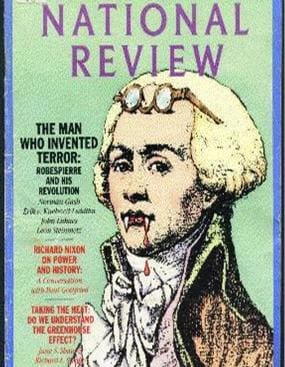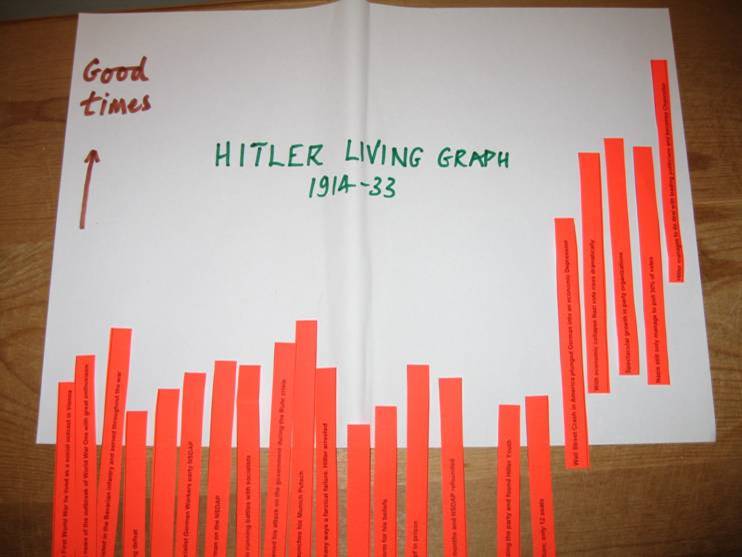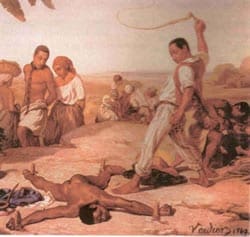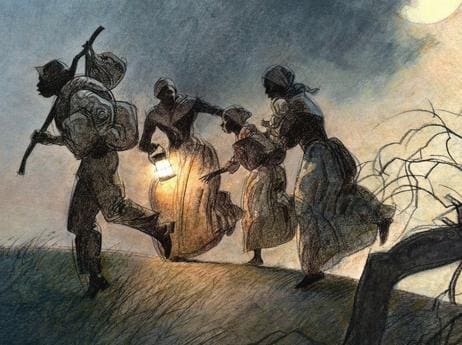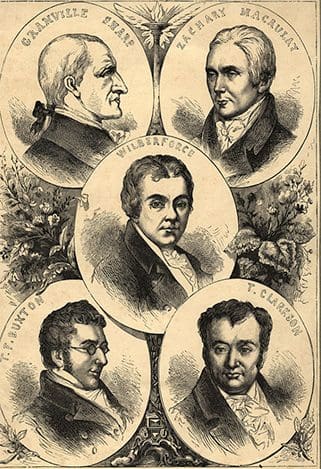
This lesson turns on a paradox. If the transatlantic slave trade was prospering in 1787, why was it abolished just 20 years later? This more challenging enquiry question forces pupils to go beyond listing and categorising causes to think about the dynamic of change.
Which were the factors that accelerated the change? Which had the most direct impact; which were merely influences, underlying background causes?
Learning objectives
- pupils can give a range of different reasons for the abolition
- they can categorise them using the sort of headings historians typically use
- they can refer explicitly to the chronology of events when explaining which were the most important influences
- the more able pupils can create a diagram which shows the interrelationship of the causes
- they are aware that historians have different views and that interpretations produced for the bicentenary in 2007 differed widely in their emphasis
- the more able can give a

